Everyone knows about dinosaurs, right? T-Rex, Triceratops, Stegosaurus… they’re super famous! But what if I told you that for millions of years before dinosaurs even showed up, our planet was already crawling with terrifying monsters?
It’s true! The time before dinosaurs, called the Paleozoic Era, was like a giant science experiment. Life was trying out all sorts of crazy shapes and sizes. This was a time when insects were as big as birds, and fish had heads like armored tanks. Welcome to the world before the dinosaurs, a time of truly bizarre giants!
Don’t Miss This!
After reading, challenge yourself with our interactive quiz at the end. Click here to take the Quiz
Index
When Bugs Ruled the Sky (and Land!)
Let’s start our journey about 359 to 299 million years ago, in a time called the Carboniferous Period. Imagine a world that was one giant, steamy, swampy forest. It was super humid, and huge trees grew everywhere. But the most amazing thing about this time was the air itself.
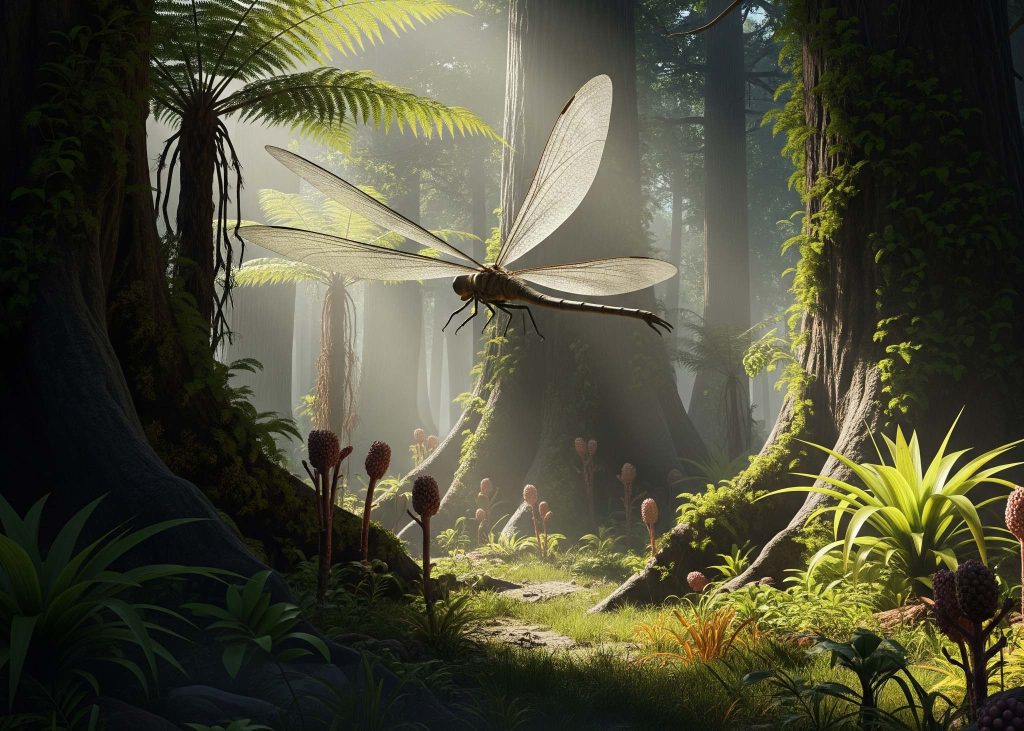
The air had way more oxygen than it does today—around 35% compared to our 21%. Think of it like super-charged air! This extra oxygen was like rocket fuel for bugs. It allowed arthropods (that’s the fancy name for insects, spiders, and their relatives) to grow to absolutely horrifying sizes.
Meet some of the Carboniferous creepy-crawlies:
- Meganeura: This wasn’t just a big dragonfly; it was a monster! Imagine a dragonfly with a wingspan of up to 75 centimeters (about 30 inches)—that’s bigger than a modern-day eagle! Meganeura was a terrifying aerial predator, zipping through the air and snatching up other flying insects and small amphibians.
- Arthropleura: If you’re scared of centipedes, you would NOT want to meet Arthropleura. This was a giant millipede that could stretch up to 2.5 meters (8 feet) long! That’s longer than a car! It was the largest land invertebrate of all time. Luckily, it was a plant-eater, munching on decaying plants on the forest floor.
- Pulmonoscorpius: Imagine a scorpion reaching up to 70 centimeters (28 inches) long, about the size of a house cat! Its stinger was likely very powerful, and it was a fearsome hunter in the Carboniferous swamps.
These giant bugs show us how different life was when the Earth’s atmosphere was so rich in oxygen. It was truly an empire of insects!
“The history of life is far richer and more bizarre than just the age of dinosaurs.”
The Reign of Our Ancient Relatives
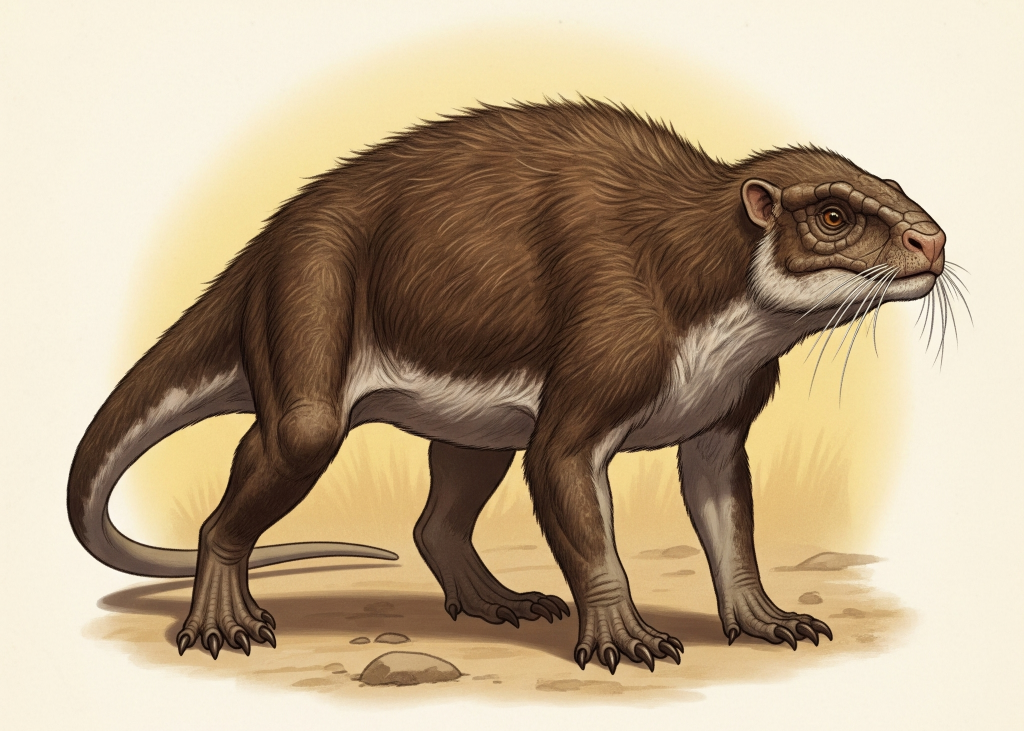
After the Carboniferous, we move into the Permian Period (299 to 252 million years ago). This was a time when the supercontinent Pangaea was fully formed, and the climate was getting drier in many places. This period saw the rise of a group of animals called synapsids. Guess what? This group includes modern mammals, which means these creatures were actually more closely related to us than to dinosaurs!
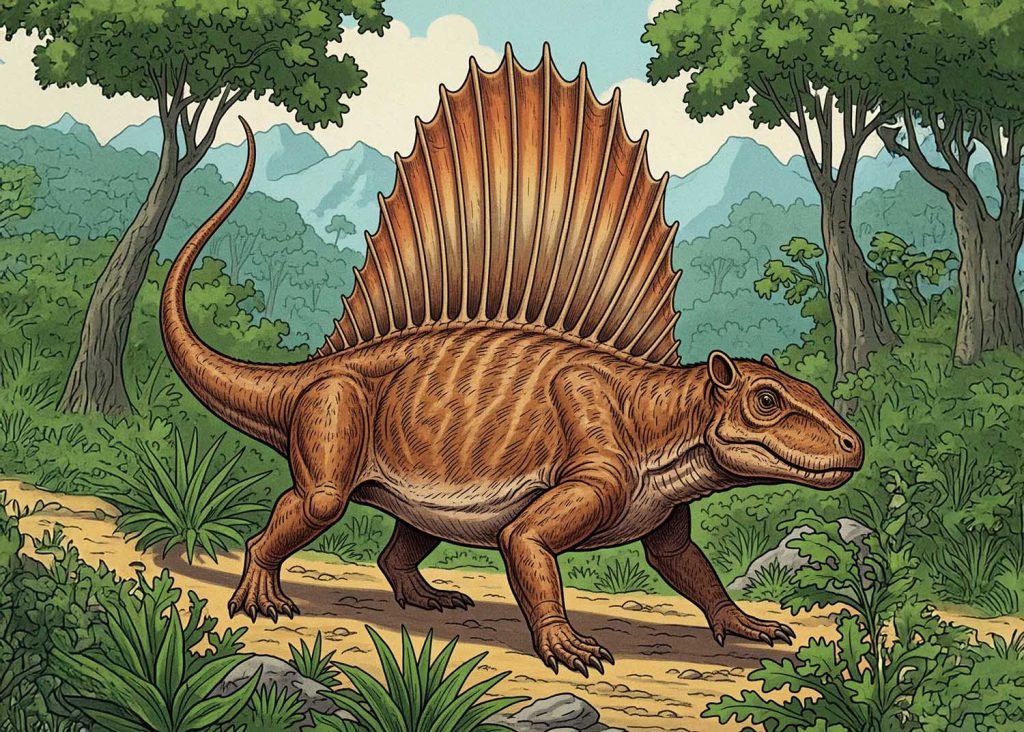
The most famous of these is the Dimetrodon. Many people think Dimetrodon was a dinosaur, but it wasn’t! It was a top predator of its time, famous for the massive, bony sail on its back. Scientists believe this sail was used for display (maybe to attract mates) or to help it warm up faster in the morning sun, giving it an edge over its cold-blooded prey.
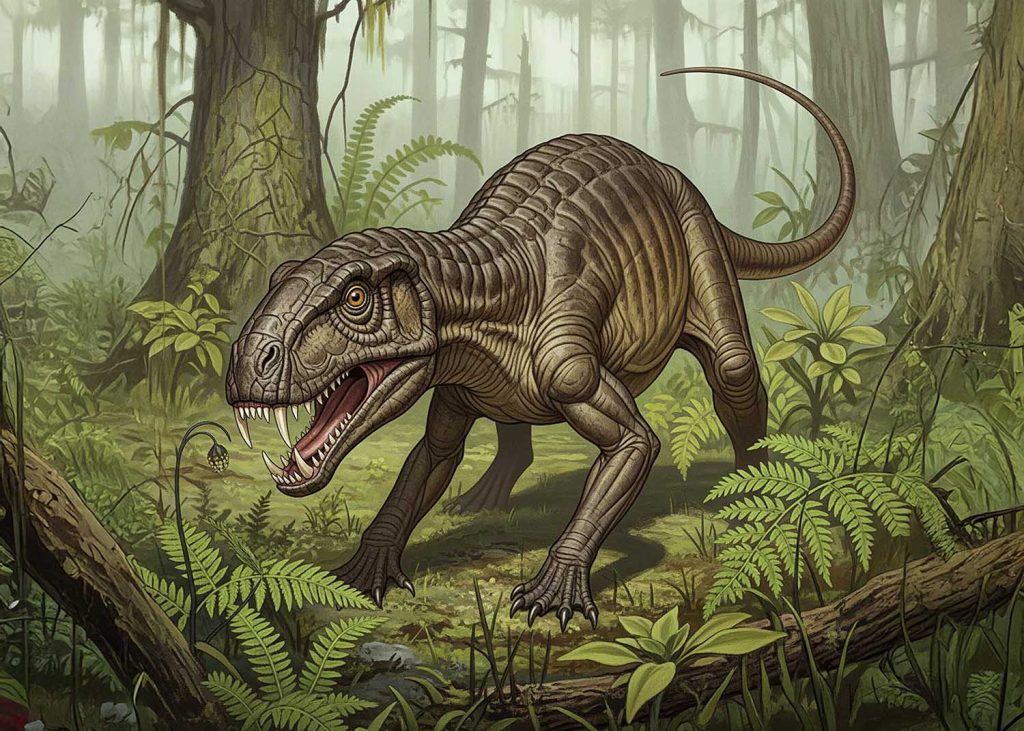
But the true top predators of the late Permian were even more terrifying. These were the Gorgonopsians, a group of fast, powerful, saber-toothed hunters. They were like the wolves and lions of their day, with long, sharp canine teeth that made them incredibly dangerous. They ruled the land right up until The Great Dying wiped them from the face of the Earth.
Other strange Permian creatures included the Edaphosaurus, another sail-backed animal, but this one was a plant-eater. And then there were the Dicynodonts, like Lystrosaurus (which we talked about in The Great Dying article), which were tough, pig-like animals with beaks, and they were very successful.
Devonian Monsters
Let’s take a quick trip even further back, to the Devonian Period (about 419 to 359 million years ago), often called the “Age of Fishes.” And what a fishy age it was! The oceans were ruled by a true monster: the Dunkleosteus.
This wasn’t a shark, but a type of armored fish called a placoderm. It could grow up to 9 meters (30 feet) long—that’s as long as a school bus! Its head was covered in thick, bony plates, like a helmet. Instead of teeth, it had two pairs of sharp bony plates that formed a terrifying, self-sharpening beak. It used this beak to slice other armored fish in half with incredible force.
Scientists have studied its jaw muscles and found that Dunkleosteus had one of the most powerful bites of any animal ever, able to snap its jaws shut in just 1/50th of a second! It was a true terror of the ancient seas.
Uncovering More Ancient Secrets
Paleontologists are always digging up new clues about these ancient worlds. For example, recent studies on the fossils of early arthropods like Arthropleura suggest that their giant size wasn’t just because of high oxygen levels. Some scientists now think that the lack of large, fast-moving predators at the time also played a big role. With fewer animals trying to eat them, these slow-moving giants could afford to be huge.
Another exciting area of research is about the colors of these ancient creatures. While we can’t know for sure, new techniques are helping scientists find tiny clues in fossils that might tell us about the skin patterns or even the colors of animals like Dimetrodon. Imagine seeing a scientifically accurate, colorful reconstruction of these beasts!
“These strange and wonderful creatures are a reminder that the history of life is far richer and more bizarre than just the age of dinosaurs.”
These strange and wonderful creatures are a reminder that the history of life is far richer and more bizarre than just the age of dinosaurs. They were the first giants to conquer the land and sea, ruling for millions of years in a world that was truly alien. Their stories are just as exciting, if not more so, than those of the dinosaurs.
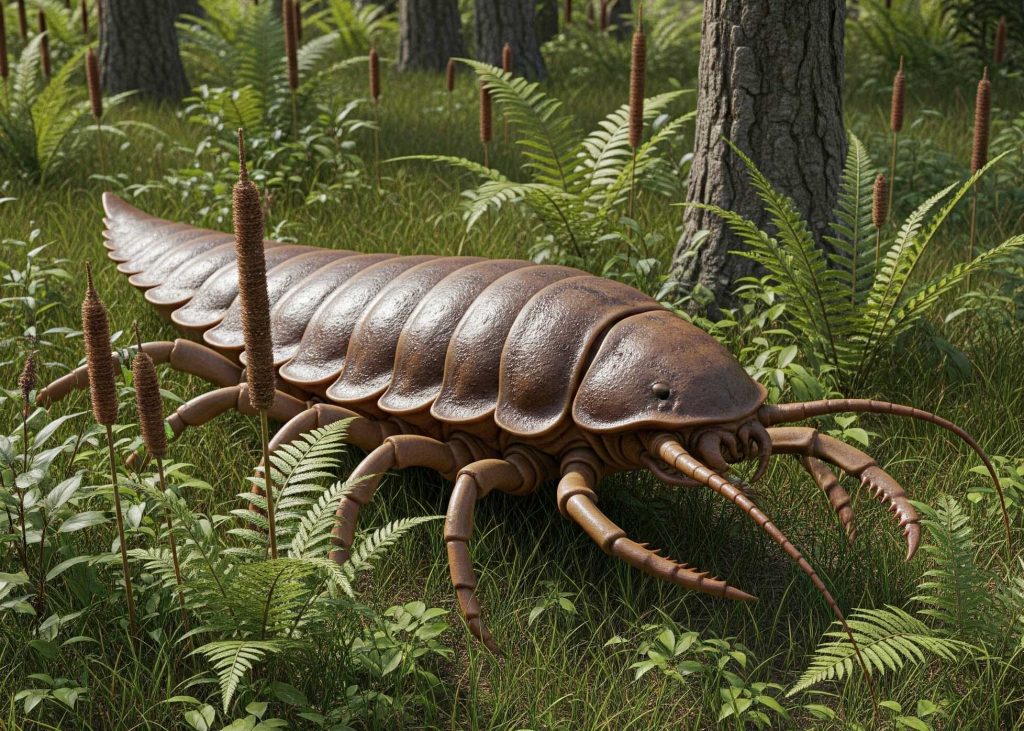
Before the Dinosaurs Quiz
How much do you know about the monsters that came before the dinosaurs?

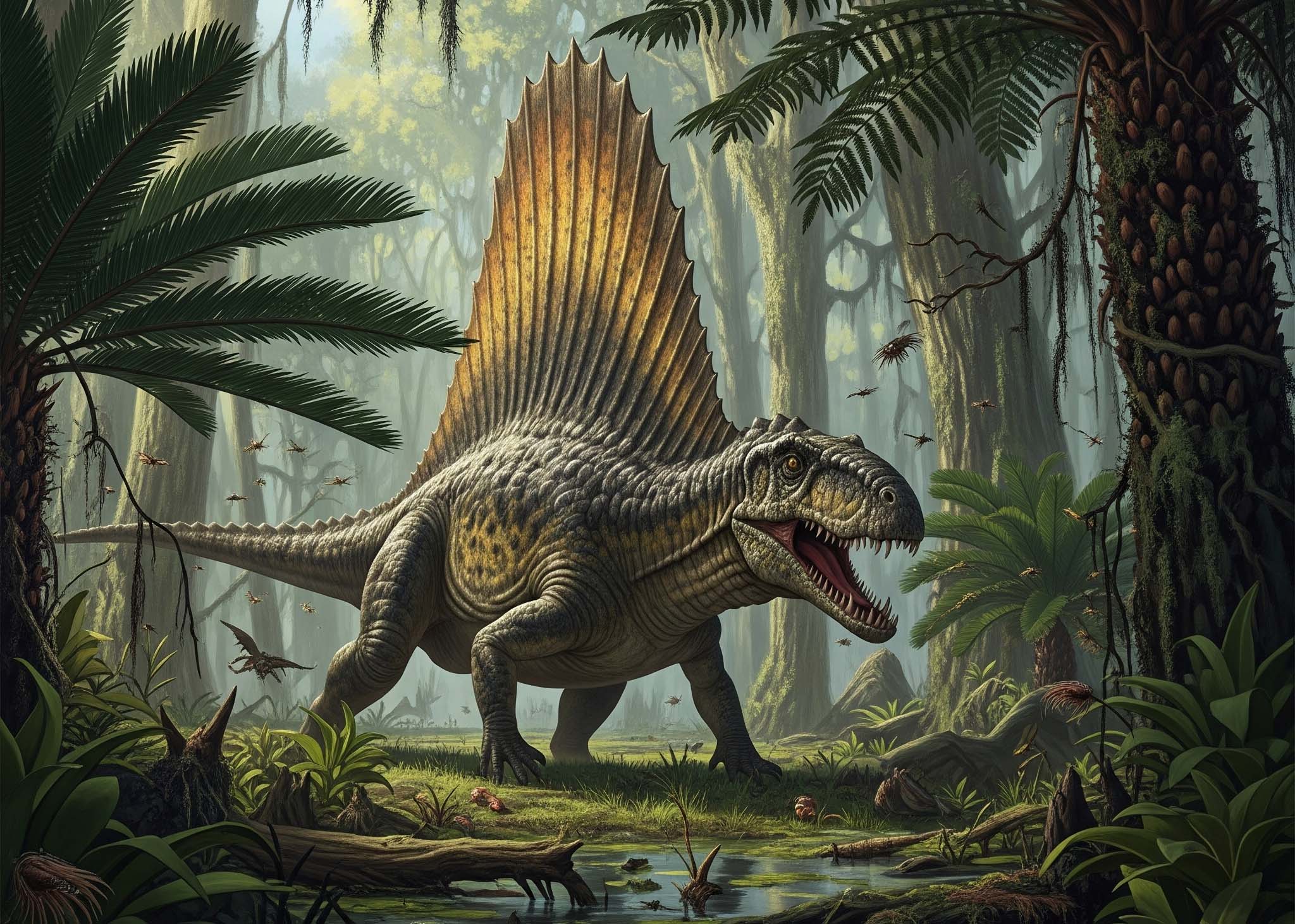
Leave a Reply